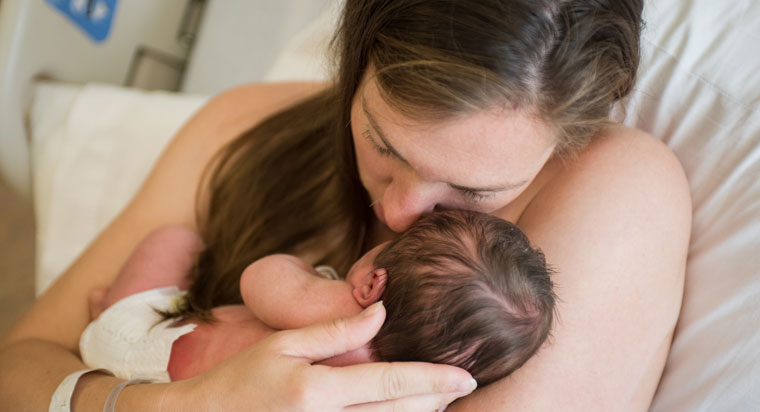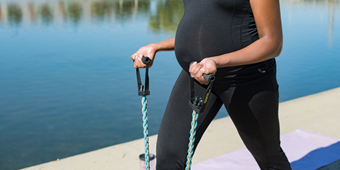What In the World Is Vaginal Seeding?

Answer a few questions and we'll provide you with a list of primary care providers that best fit your needs.
If you’re reading the term “vaginal seeding” for the first time, you may be wondering if you read correctly. You did.
Vaginal seeding is all about the gut microbiome. That is, the "good," or beneficial, bacteria in our intestines, which help strengthen our immune system. Babies born vaginally have a different (potentially healthier) gut microbiome than babies born by C-section.
Vaginal seeding aims to fix this, but health care professionals warn that there isn’t enough evidence yet to recommend the process.
What Is the Process?
 Vaginal seeding happens after a baby is born by C-section. A swab of the mother’s vaginal fluids is taken and then wiped over the baby’s mouth, nose, and skin. Essentially, vaginal seeding aims to create for C-section babies the same conditions experienced by babies born vaginally (reminder: birth is messy).
Vaginal seeding happens after a baby is born by C-section. A swab of the mother’s vaginal fluids is taken and then wiped over the baby’s mouth, nose, and skin. Essentially, vaginal seeding aims to create for C-section babies the same conditions experienced by babies born vaginally (reminder: birth is messy).
Why Choose Vaginal Seeding?
About one-third of babies born in the United States are delivered by C-section. Unfortunately, babies born by C-section have a higher risk of allergies, asthma, and auto-immune diseases than babies born vaginally.
This could be traced to different microbiomes in babies born vaginally and babies born by C-section. Babies born vaginally are covered with vaginal fluid. Some speculate that the beneficial bacteria in this fluid is what leads to a different, and perhaps healthier, microbiome in the baby.
Vaginal seeding is all about the gut microbiome. That is, the "good," or beneficial, bacteria in our intestines, which help strengthen our immune system.
What Is the Evidence For Vaginal Seeding?
In 2016, the journal Nature Medicine published a study that tried to discover whether it’s possible to help the microbiome of a C-section baby look more like the biome of a baby delivered vaginally.
The study followed 18 babies – seven born vaginally and 11 born by C-section. Of the 11 C-section babies, four received vaginal seeding.
After 30 days, the study found that the four C-section babies who experienced vaginal seeding had microbiomes more like the babies born vaginally. A documentary and book have been made about the study, and the results caught the public interest.
What Do Health Care Professionals Recommend?
Though vaginal seeding makes sense from a certain perspective, health care professionals currently recommend against it because there is not enough evidence in its favor.
They believe the risk of negative side effects, such as passing along infections, outweighs the potential good.
The American College of Obstetricians and Gynecologists (ACOG) released a statement at the end of 2017 stating that there is not enough evidence to support the practice. And, despite testing of the vaginal fluid, STDs like herpes, gonorrhea, and chlamydia, as well as Group B Strep could be passed to the baby.
Instead, they recommend that that mothers strengthen their baby’s immune system by sticking to other proven, natural practices like breastfeeding and skin-to-skin contact.
Larger and longer studies of vaginal seeding are taking place. But bottom line: If you have a C-section, it’s best to pass on vaginal seeding – until the benefits are proven – and focus on breastfeeding and skin-to-skin contact.
Answer a few questions and we'll provide you with a list of primary care providers that best fit your needs.
Sources: American College of Obstetricians and Gynecologists; The Bump; Parents.com; NPR




